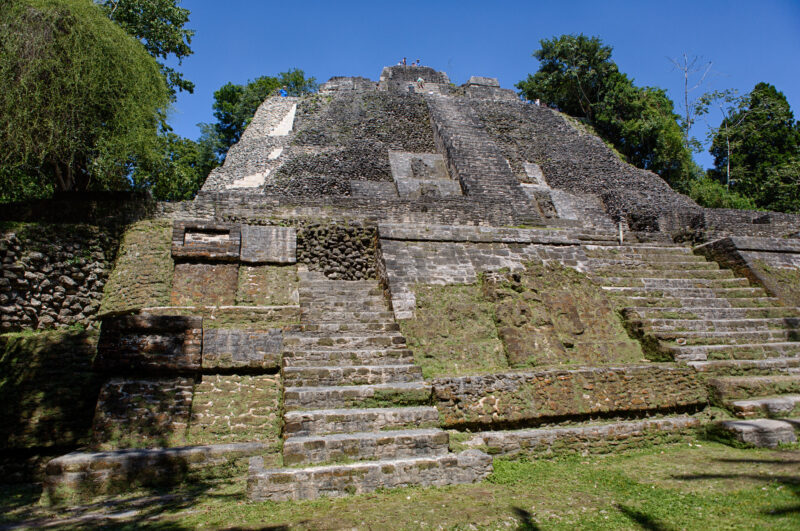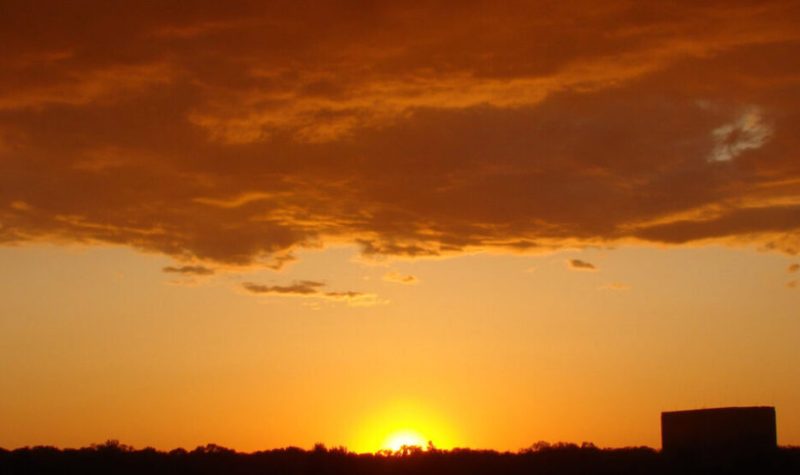By Max Thaysen
This year has seen a couple of fairly major shocks to the global industrial economic system that so many of us rely upon. One could say that we had a near-collapse experience.
I thought it might be wise to take a moment, step back, and have a look at the bigger picture. To see where western civilization is at, what’s driving us and what kinds of a future we might want to plan for. How does the pandemic fit with other threats to stability.
To help me with this, I sought out the ideas of a Cortes Island thinker and researcher who deals with a lot of the stuff on this island that most people would rather flush away without looking at – he’s a plumber, but so much more.
Who is Chris Walker?
Chris Walker was a builder in Ontario when he became enamoured with solar electricity. He became an installer of solar systems, hoping that they would replace the more destructive forms of energy production.
When he found that they were ‘in addition to,’ and not ‘instead of’ fossil fuels, he decided to try social change through democracy — he ran for the Green Party provincially and federally in several elections.
When he found that people didn’t want to vote for people representing policies that acknowledged limits to growth and pushed for conservation of resources and nature, he went off to Sweden and did a masters in Sustainable Business Design. His thesis was on sustainable power generation.
He then taught at a college in Ontario for a year before moving to BC in search of an intentional community to build resilience and weather the storm. He found Cortes.
Walker believes that the forces of collapse are all around us. We haven’t felt the full impact of the pandemic yet, the effect has been cushioned by government bailouts.
It’s like we’re on the Titanic and we hit our first iceberg. We seem to have plugged the hole, but we tore up the deck to do it.

Our debt to GDP ratio
We had economic problems before, the pandemic just precipitated and exacerbated them. Walker talks about our troublesome debt-to-GDP-ratio.
Let’s not pretend that I know how a debt-to-GDP ratio threatens our economic sustainability… but let’s not let that stop me from referring to Wikipedia.
GDP is our gross domestic product, or the amount of money we make as a country every year. In the 2007/2008 fiscal year, Canada had a debt of $457-billion, which was 31 per cent of our GDP. By 2017/2018, our debt had risen to $768-billion and 33 per cent of GDP.
Canada’s finance minister expects a $343-billion deficit this year and 40 per cent drop in GDP – and a debt-to-GDP ratio of 49 per cent. It means we’ll have to grow the economy — extract more stuff from the land and sea to pay it back.
Limits to growth
Don’t worry, we’re told, we’ll fix the deck once we get back up to full speed.
Walker points out that growth is always the answer — Canada’s finance minister agrees — and that’s suicidal. It’s the logic of the yeast cells in the petri dish: they eat everything, growing exponentially and then they die.
The hole in the hull is leaking — solving our problems with growth is like the Titanic not only having to get back up to full speed, it has to keep accelerating all the time.
Walker believes that we are on a collision course with the limits to growth on a finite planet. We cannot keep growing indefinitely. The consequences of running into limits, when your society can’t slow down is collapse.
Walker points us to a report by the Club of Rome called "Limits to Growth." The Club of Rome was formed when a small international group of people from the fields of academia, civil society, diplomacy, and industry met in a villa in Rome in 1968. In 1972, the group published its first report, Limits to Growth (LtG).

From wikipedia:
The study used the World3 computer model to simulate the consequence of interactions between the earth and human systems.
Conclusions
After reviewing their computer simulations, the research team came to the following conclusions:
- Given business as usual, i.e., no changes to historical growth trends, the limits to growth on earth would become evident by 2072, leading to “sudden and uncontrollable decline in both population and industrial capacity”. This includes the following:
- Global Industrial output per capita reaches a peak around 2008, followed by a rapid decline
- Global Food per capita reaches a peak around 2020, followed by a rapid decline
- Global Services per capita reaches a peak around 2020, followed by a rapid decline
- Global population reaches a peak in 2030, followed by a rapid decline
- Growth trends existing in 1972 could be altered so that sustainable ecological and economic stability could be achieved.
- The sooner the world’s people start striving for the second outcome above, the better the chance of achieving it.
Top photo credit: Sunset during drizzle by Alexey Novitsky via Flickr (CC BY SA, 2.0 License)


